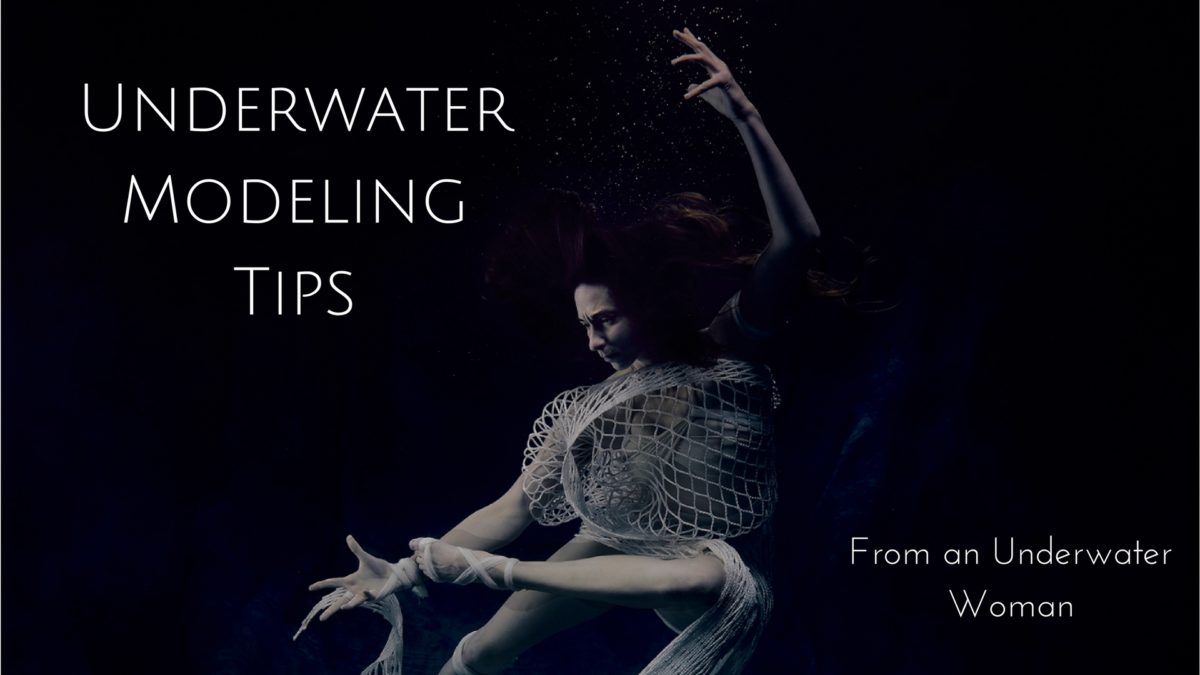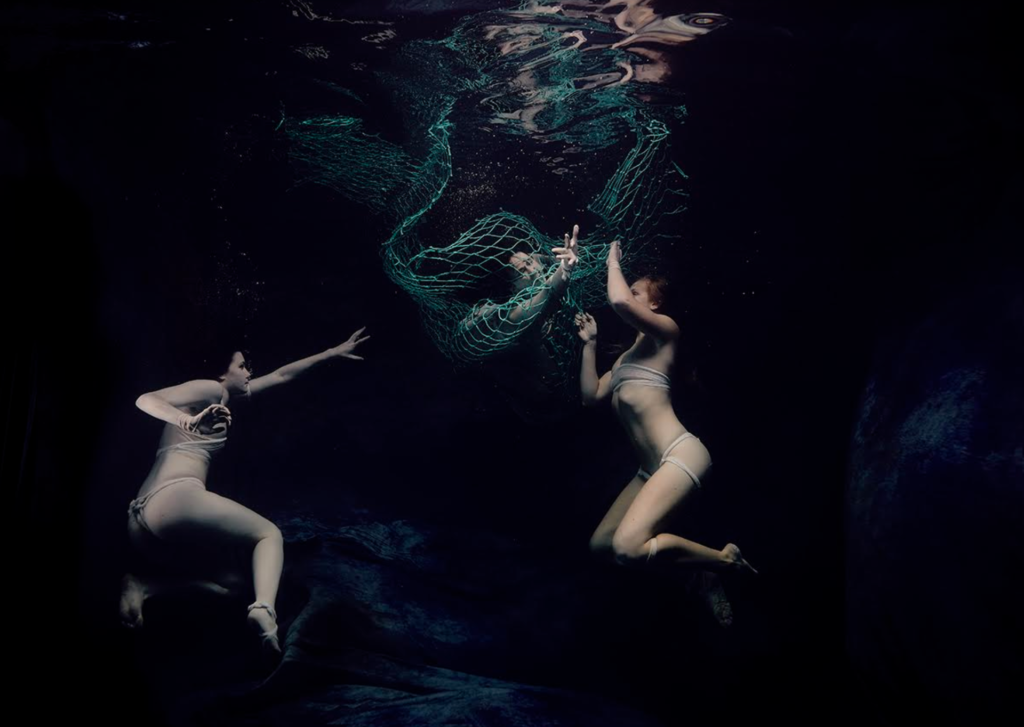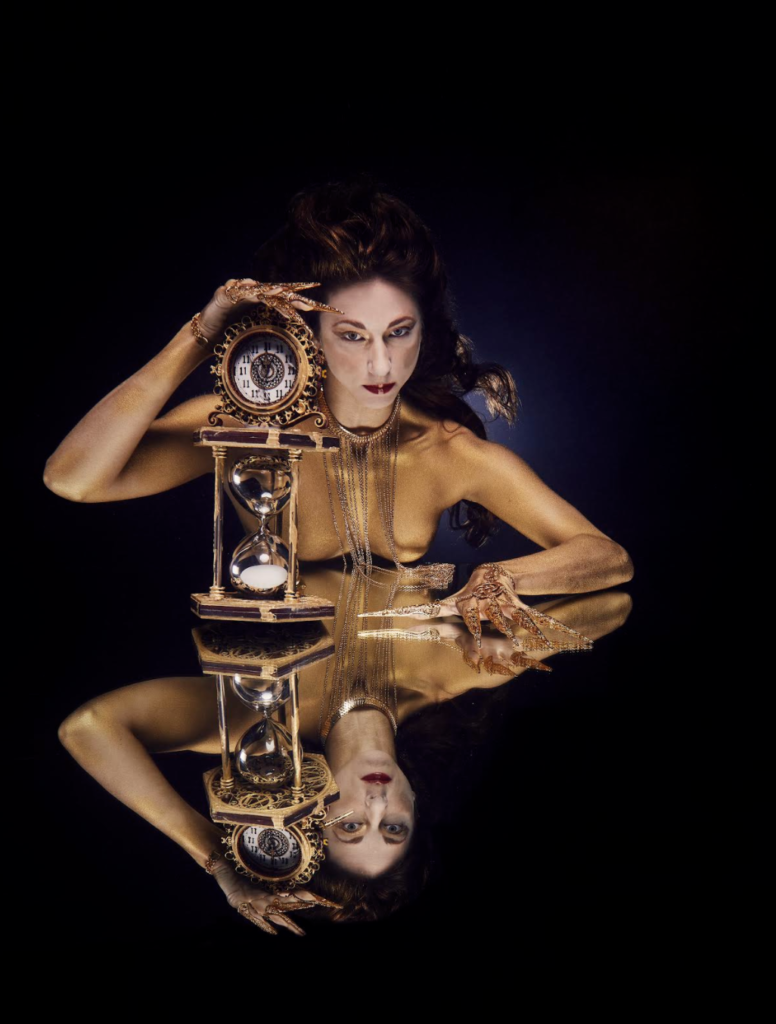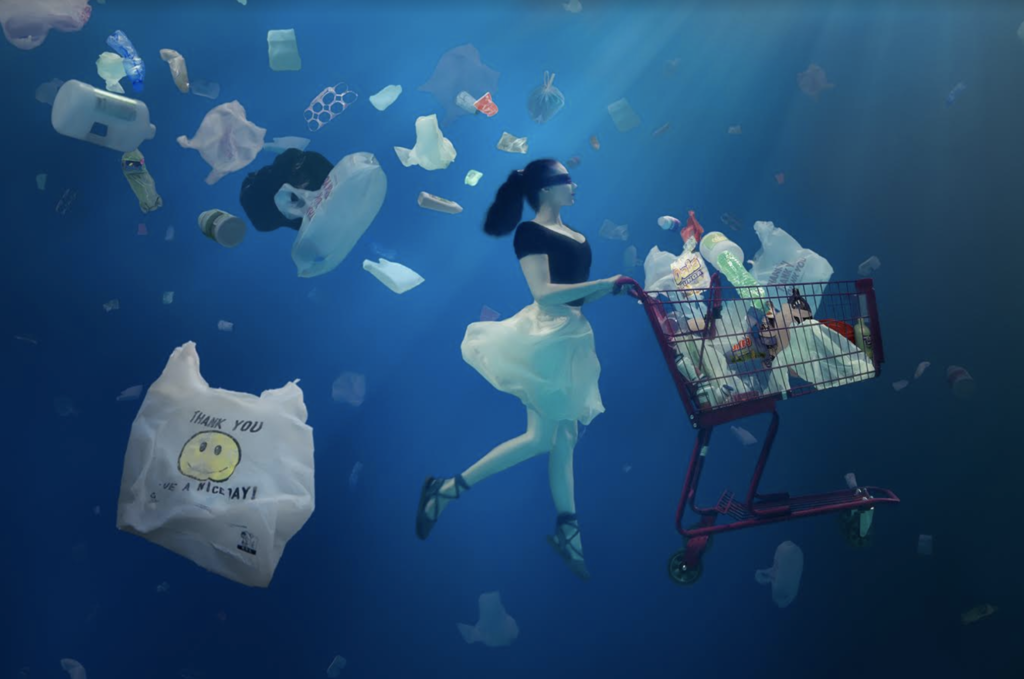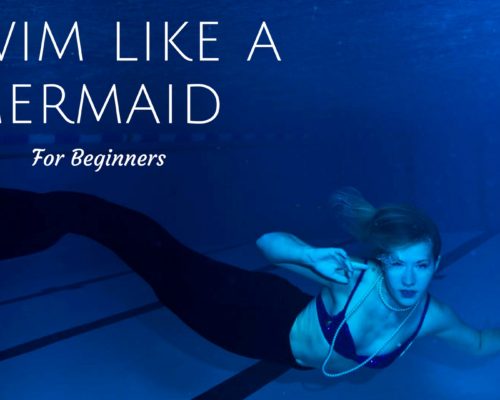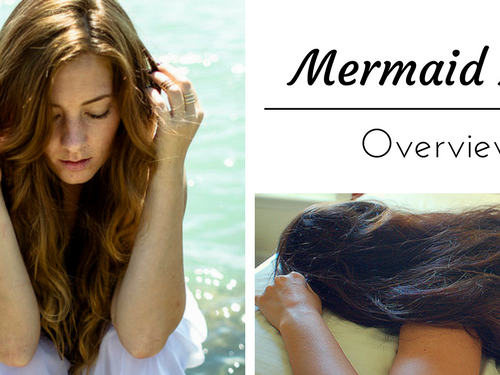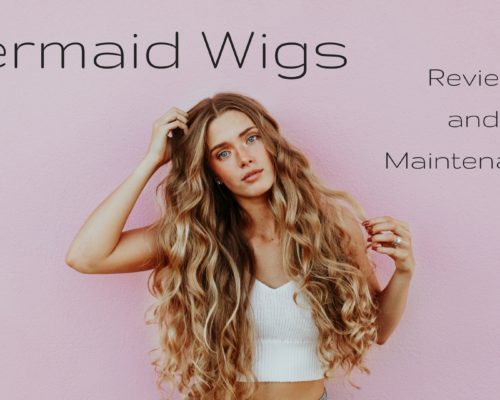Meet Christine Ren! A real
Underwater Woman from LA who is an expert at underwater modeling and art. She works all over the world and mixes marine science, dance, and photography all in one. Christine illustrations include inspiring, and sad stories, about our oceans and how us “Humans” can take more responsibility for it. Read her top 10 underwater modeling tips below!
top 10 Underwater Modeling Tips
Working in a fluid, anti-gravity medium like water is a performer’s dream. It means almost limitless possibilities in terms of movement, but determining how to position your body and limbs when there aren’t any of the normal spatial references can be extremely disorienting. Whether modeling for a shoot, or simply exploring new types of movement and breath-work in the water, underwater work is certainly a whole different interpretation of space.
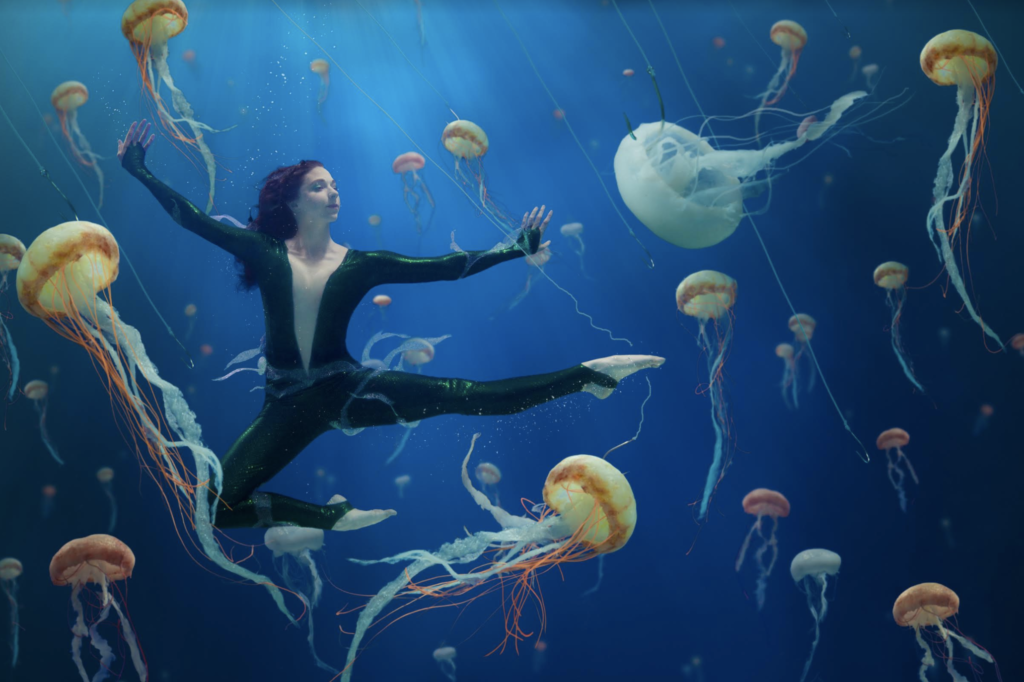
1. Buoyancy control:
From a physicality standpoint, I’m constantly learning how to use the amount of air in my lungs to control my body and movement. Similar to how you might stage a dance in a particular performance venue, you want to be able to control where you are in the water column.
If you take in a bunch of air and try to dive down, depending on your muscle mass and the outfit you are wearing, you will be constantly fighting to stay down. Personally, I tend to train and perform on negative breath-holds (ie. exhaling almost all my air before I dive underwater). This allows me to achieve near stillness underwater; I can really hit and hold specific positions.
2. Breath training:
Everything underwater is in constant motion. This means by the time you dive down at 10-15 feet for posing or dancing, you have to arrange the fabric of your outfit, brush your hair back off your face, orient your limbs, relax your face, then repeat the process in micro adjustments over the duration of the time you’re underwater. Basically, the clock is running the moment you’re submerged before you need to take your next breath. Ideally, you need at least a 30-45 second breath-hold to get the best underwater shots and to experience the full meditative benefits of an apnea practice where you merge with the water.
If you don’t have a 30-45 second breathhold or are simply looking to improve it even further, I recommend the Wim-Hoff method (though *never* to be used in or anywhere near water) as well as taking a technical free-diving course that can explain the basics of your lungs, how to keep them safe and healthy during breath-hold training and the practices to increase your breath capacity.
This is also a great way to connect with training partners and like-minded water explorers.
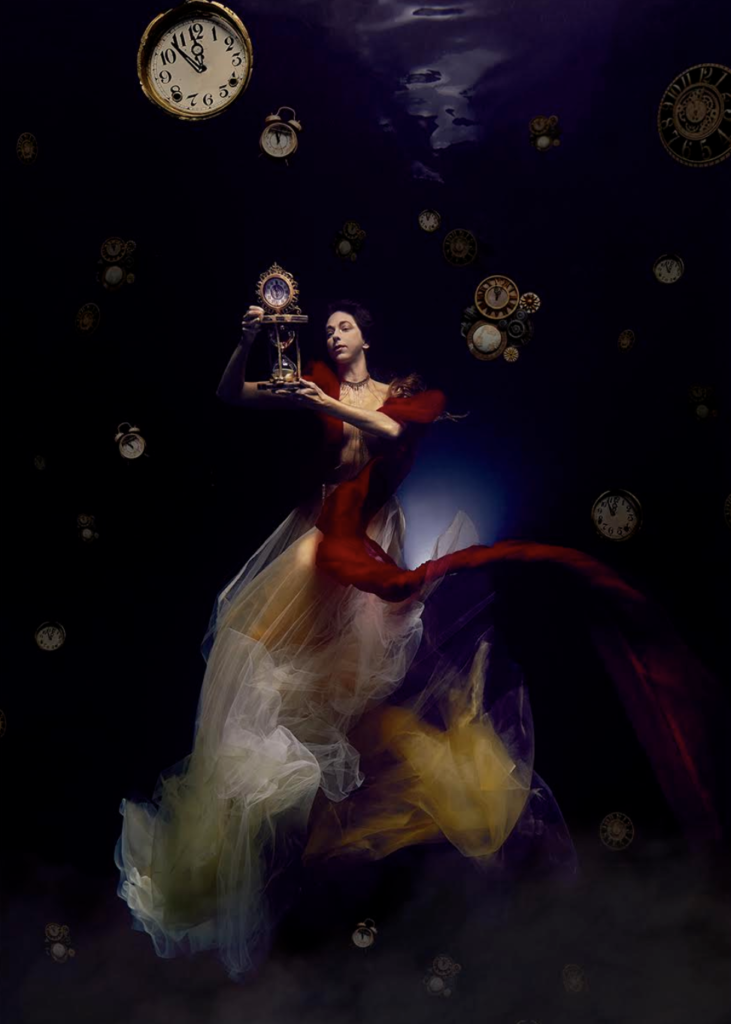
3. Safety:
Whether training in a pool, shooting underwater or mermaid-ing in the ocean, always have a buddy or ideally, a trained lifeguard / safety diver present. Even the most seasoned free-divers and underwater performers don’t avoid the risks of getting into trouble underwater, especially when adding props like fabrics and mermaid tails. Bottomline, never practice or perform alone.
4. Physical training:
Typically the more aerobically fit you are, the more efficient your body is at utilizing oxygen so you will have a better lung capacity and breath-hold underwater.
Additionally, having a sense of posing and movement above water through practices like dance and yoga will help you translate novel body patterns to under the water. Above water training is essential to the best, and safest, underwater practice.
5. Relax:
Deep, slow, calming breaths and visualization exercises before diving underwater will help you relax in your posing and facial expressions. You want to tap into a meditative brain state, moving very soft and slowly while underwater to get the best results. Focus on the embrace of the water and moving with, rather than against, the flow. Most underwater photoshoots or mermaid performances will be in about 10-20 feet of water, so remember to stay calm and that the surface is always right within reach.
6. Hair:
For women, the position of your hair underwater can make or break an image. On the descent underwater, your hair will flow upwards, as if it’s standing on end. Once you reach the bottom of the pool, you’ll want to arrange whatever outfit you are wearing, then either push your hair down and do a little upwards “hop” with your body, which will allow the hair to fill softly outwards. Or you’ll want to tip your head completely back then in a quick motion bring it back to center and stop as if at an invisible wall; this will cause the same slow motion filling outward effect with the hair.
7. Face:
Avoid taking a huge breath of air before ducking underwater as the air typically gets held in your cheeks and is seen through the tight grip of the lips. Take a big breath, blow at least 50% of it out, and focus on relaxing your lips and face as much as possible. If you’re in a heated pool, it only takes a small amount of practice to start feeling like your expressions underwater look and feel similar to above water.
For more advanced practitioners, you can actually take in small amount of water into the mouth and slightly open the lips; this creates a very natural look, as most of us when we are talking or listening above water don’t have our mouths closed completely. You can blow all of the water out of your mouth underwater before you come up, as you don’t want to swallow it. In terms of eyes, put some Visine in before you start working underwater. Opening the eyes underwater takes practice, but you want to get to the point where you are not just squinting but fully opening the eyes.
8. Nose plugs:
For the not so faint of heart, feel free to practice at the surface of the water tipping your head up so that water enters your nose. I find my nervous system, as with most people’s, interprets water up the nose as a massive red-alert signal. I simply can’t stay relaxed, no matter how hard I try, when chlorine pool water or even worse, sea water, gets up my nose. It absolutely is something you can train, but if you choose not to, like me, then here’s my go to:
For training practice and non-photoshoots, I use a regular freediving nose clip, that creates a really strong suction of pressure and I don’t have to worry about it coming off. When I’m performing for underwater photoshoots, I use silicone nose plugs that go up the nostrils and create a seal. They are nearly invisible in photos and easily corrected in photoshop when they can be seen, but they aren’t as secure as the clip.
9. Water lessons:
The challenge of working underwater is so rewarding because of what water teaches you. What I learn from and in the water lends itself so beautiful to so much in life. The harder you push, and the harder you struggle in the water, the less you get anywhere. It’s only when you relax, slow down, calm completely, surrender utterly to flow and hold of water that you actually start to get anywhere. That’s where you start to actually begin a dialogue; an inquiry.
10. Learn from the pros:
The best way to concentratedly up-level your underwater performance skills is to engage experts to provide training. If you are a model considering bolstering your portfolio with underwater images or a novice swimmer preparing for underwater mermaid shoots or simply an ocean-lover interested in finding new levels of freedom and connection in the water, please join me on one of my underwater destination retreats, that combine underwater photography with dance and technical free-diving skills.
This year’s listings are up on her website!
BIO: The Underwater Woman, Christine Ren,
an underwater performer and filmmaker crafting media that conveys ocean conservation as a human issue. Named 1 of 5 women in media changing the world by Matador Network, Christine holds her Master’s degree in Marine Affairs and Policy from the University of Miami. Her narrative underwater imagery campaigns have been featured to-date by Nat Geo, KQED, FStoppers, Petapixel, Phoblographer, and more. A former professional dancer, she’s now turned her attention to crafting
underwater movement and photography destination retreats to fund marine conservation projects. These trainings are perfect for ocean-lovers, mermaid performers, and freedivers.
